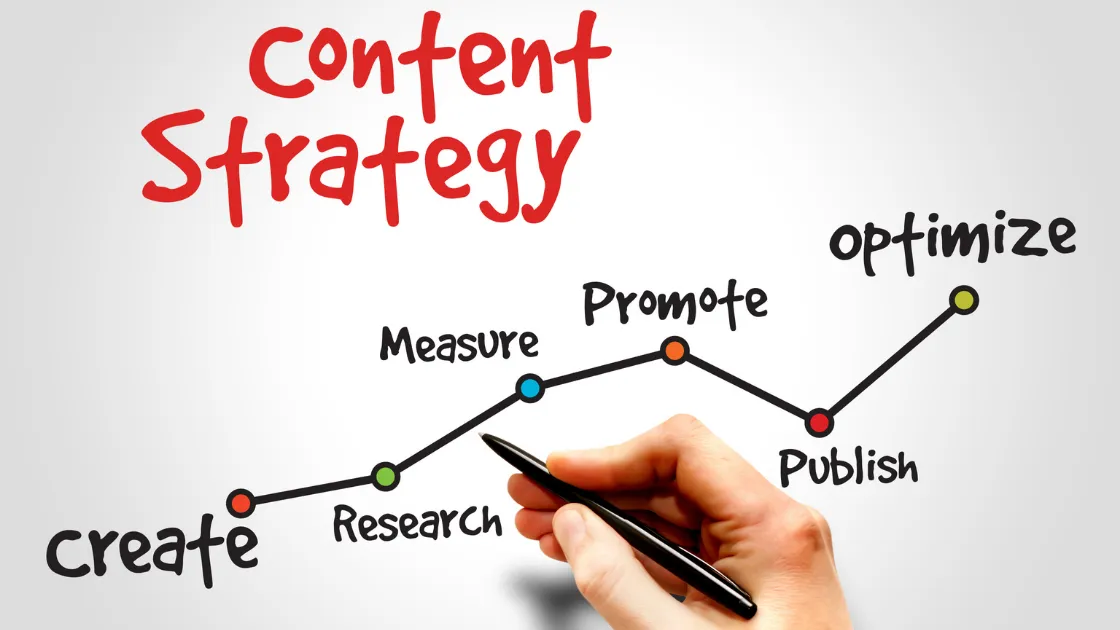
In today’s digital world, content is more than just words on a page — it’s a powerful tool that helps attract, educate, and convert your audience. But creating random content without a clear plan rarely leads to success. That’s where a content strategy comes in.
A content strategy is a structured plan that outlines what content you’ll create, why you’re creating it, who it’s for, and how it will help you achieve your business goals.
Here’s a step-by-step guide to building an effective content strategy for your business:
1. Define Your Business Goals
Before writing a single piece of content, you must understand what you want to achieve.
Ask yourself:
- Do you want to generate leads?
- Increase website traffic?
- Build brand awareness?
- Improve customer retention?
Your goals will guide the tone, format, and channels of your content.
2. Know Your Target Audience
Creating content without knowing who it’s for is like shooting in the dark. You need to understand:
- Who your ideal customer is
- What their pain points are
- What solutions they’re looking for
- Where they spend their time online
Create audience personas that describe the age, job role, interests, and challenges of your ideal customers.
3. Conduct a Content Audit
If you already have existing content, review it to understand what’s working and what’s not. Look at:
- Blog posts
- Social media updates
- Email campaigns
- Website pages
Evaluate metrics like page views, time on page, bounce rate, and conversions to identify top-performing content and gaps you can fill.
4. Choose the Right Content Types
Different goals require different types of content. Based on your business objectives and audience preferences, decide whether you need:
- Blog posts for SEO and education
- Videos for social engagement
- Case studies or testimonials for building trust
- Infographics for explaining complex topics
- E-books or guides for lead generation
Start with 2–3 formats and scale as you grow.
5. Perform Keyword Research
If you want your content to rank on search engines like Google, keyword research is critical. Use tools like:
- Google Keyword Planner
- Ubersuggest
- Ahrefs
- SEMrush
Find keywords that your audience is searching for and create content around those terms to improve your organic visibility.
6. Create a Content Calendar
A content calendar helps you stay organized, consistent, and timely.
Include:
- Topics and keywords
- Content type
- Assigned writer or creator
- Deadlines and publish dates
- Channels for distribution
Consistency builds audience trust and keeps your brand top of mind.
7. Plan Your Content Distribution
Creating great content is just half the work. You also need a plan for getting it in front of the right people.
Consider:
- Sharing on social media platforms
- Sending through email newsletters
- Boosting with paid ads
- Collaborating with influencers or partners
Repurpose your content across channels to maximize reach.
8. Measure Performance and Improve
Track how your content is performing using tools like:
- Google Analytics
- Search Console
- Social media insights
Look at metrics like traffic, shares, time on page, lead conversions, and bounce rate. Use this data to refine your strategy and improve over time.
Conclusion
A successful content strategy is not just about producing more content — it’s about producing the right content that aligns with your business goals and speaks directly to your audience. By following this structured approach, you’ll build a content engine that drives traffic, builds trust, and grows your business sustainably.


